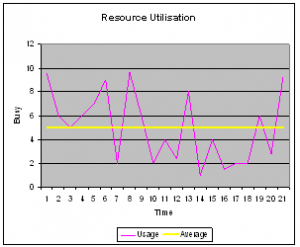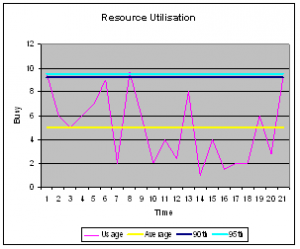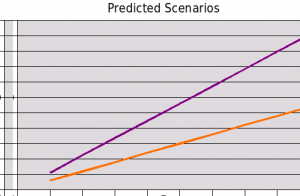How do you solve a problem like Maria?
That was the question at the beginning of the Sound of Music. It was the anguished cry of the Nuns when faced with someone that just didn't fit in, was at odds with everyone else, and was basically not working out the way that they should. Is it too much of a leap of thought to imagine George Osborne walking through the corridors of the Treasury Ministry flanked by officials from the OTS and HMRC humming the same tune whilst wondering.. "How do you solve a problem like IR35?".
IR35 is a millstone around the neck of HMRC. They wanted to bring it in, because it seemed like it was a simple way to increase the tax yield. It seemed so obvious; freelancers weren't employees but they certainly weren't big multi-national companies either. To the ignorant eye they "looked" like employees so let's tax them like employees. It should have been simple. These individual tax payers should have just paid up when asked. However it wasn't like that in reality. The law showed that freelancers are NOT employees, and apart from a few isolated miscarriages of justice, IR35 doesn't actually work.
Too much time has passed now, and IR35 is too "public" a measure to just repeal. So the "Mother Abbess" George has decided that HMRC should solve the problem of IR35 by administering it better.
But what does that mean?
The legislation isn't fit for purpose, it doesn't actually hit any targets (when it is applied lawfully), so how can it be administered better? It would be easier to rip it up and start again.. well.. maybe just rip it up!
In my opinion, the best way to administer IR35 better, would be to create a simple test as a first stage, and if that test is passed then IR35 is not pursued any further for that freelancer. However.. what could that "test" be?
- More than 1 client in the history of the business?
- Membership of a professional trade body?
- Have the trappings of business? (VAT registration, Corporate accounts, Marketing paraphernalia?)
What do you think?



